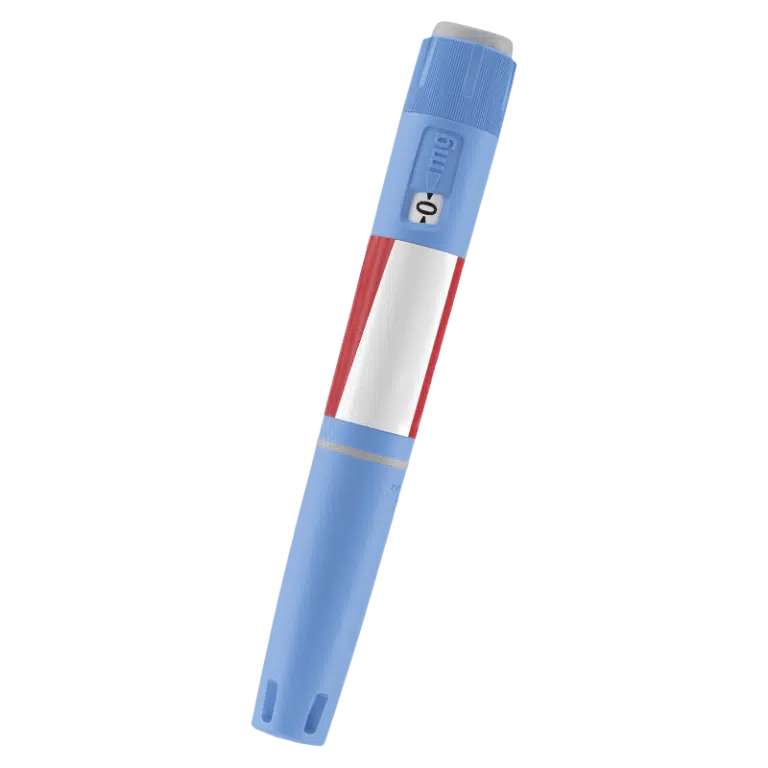Ozempic
What is Ozempic?
Ozempic is a treatment produced by Novo Nordisk licensed to treat type 2 diabetes. The active ingredient in Ozempic is semaglutide, which is a glucagon-like peptide-1 (GLP-1) receptor agonist. It’s available in three different dosages: 0.25 mg, 0.5 mg, and 1 mg.
This type 2 diabetes treatment comes as an injectable device that’s about the size of a pen. At the moment, it’s only licensed to treat diabetes in the UK, but another version of it called Wegovy has been approved for weight loss and is expected to be available soon. Semaglutide is already approved as a weight loss treatment in the United States, also under the brand name Wegovy.

